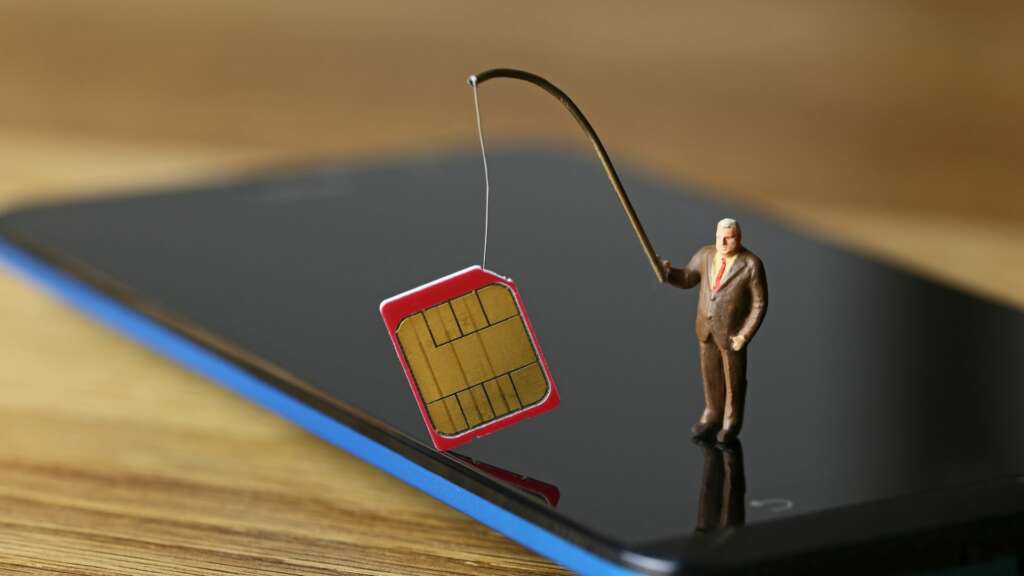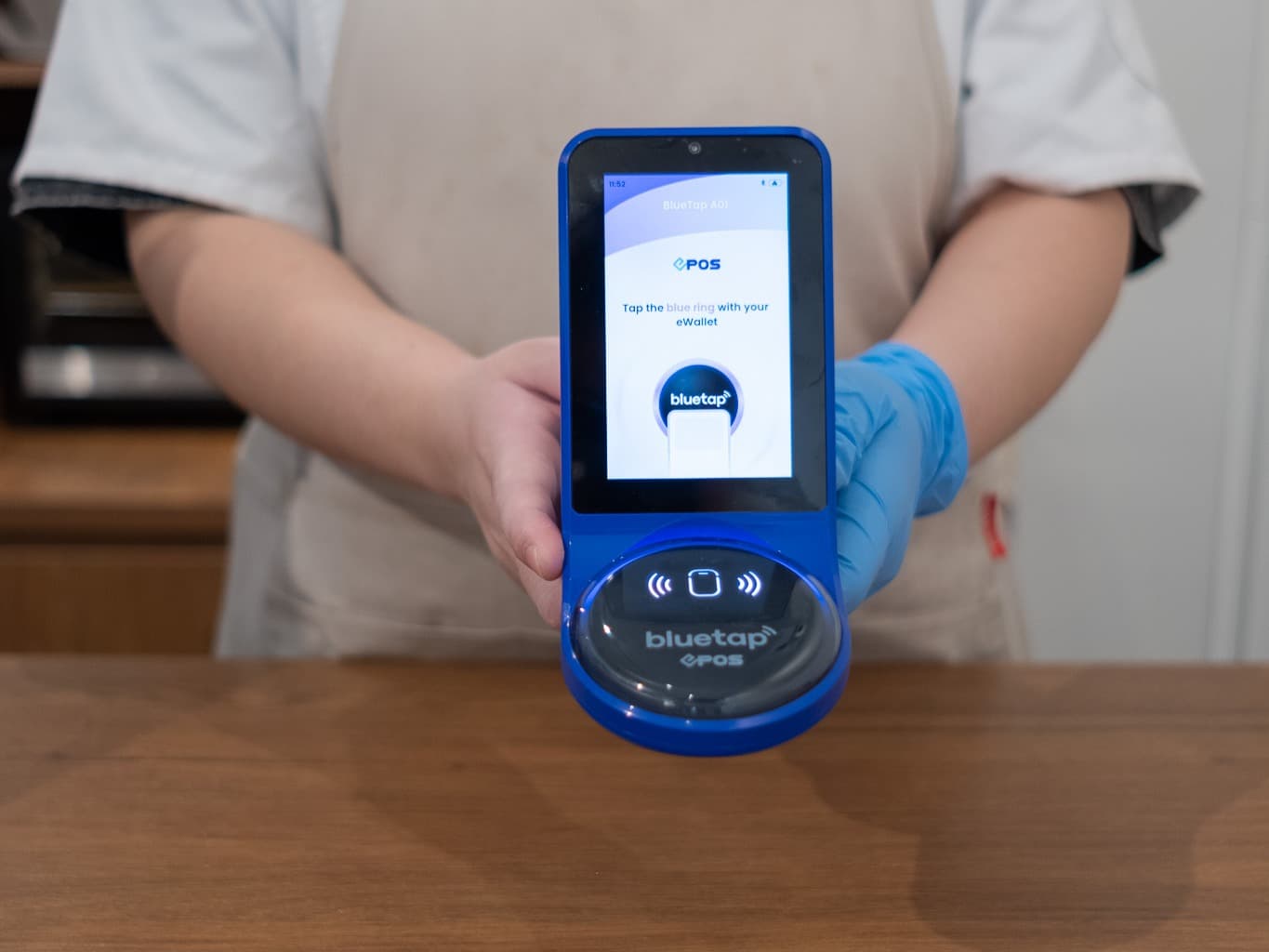
\A SIM card or subscriber identification module is a small integrated circuit which is designed to store the subscriber identity module (SIM) and its corresponding key, which are usually used to uniquely identify and authenticate users on mobile phones. It is a very popular method of communication for the cellular phone industry. It helps users in accessing different services like internet service, calling cards and other such services through the mobile phones. It also enables the user to make use of the mobile phone in many different ways like for SMS, MMS, MIP, internet browsing and video conferencing.
There are various different types of SIM cards available in the market today, and each has different features and advantages. Some of the main features of these cards include encryption, voice mail, messaging and data transfer services. The above mentioned features of a SIM card depend upon the carrier or network which is availed through them.
The encryption of the card depends on the mode of communication. In the case of GSM (Global System for Mobile Communication), SIM card is protected by encryption algorithm called ECC or ElGamal algorithm. The most important feature of encryption is that it prevents anyone from intercepting or reading the contents of the card. This can be helpful if the card is being used for criminal purposes.
While a card has an encryption feature, there is a certain amount of access granted to the owner. The level of access depends on the mode of the card being used. limited access to the data stored in the card is granted to the owner while the same level of access is granted to other users.
A subscriber id module or SIM card stores a number of numbers for identification purposes and they are known as cellular phone numbers. These numbers are generally unique and cannot be duplicated. When the card is first purchased it comes with a corresponding number in the format of a four digit code.
When a new phone is bought, the owner of that number must provide a complete address as well as the code in order to activate the number. As per the rules and regulations, it is the responsibility of the purchaser to enter all these details.
The number for identification purposes is kept on the phone and is stored on the device that connects to the internet. The connection to the internet is done through Wifi which is supported by every model of mobile phone.
If a new number is purchased, the SIM card is programmed with the subscriber id module. This number is known by the user after the installation of the device. Once the number is stored in the card, then it cannot be accessed without the card. However, if the number was already stored on the SIM card then it becomes accessible to the user and can be accessed from any computer.
The SIM card is the primary data storage device of the mobile phones. Once the data has been stored in the card, it is not accessible to anyone else. There are two types of cards, namely micro-and nano-sim cards. The micro-sim card is smaller in size but stores a large amount of data.
The nano-sim card is smaller in size but has a lesser amount of data stored on it. The data that is stored on the card can be accessed by anyone who can open the SIM card. Even if the data stored on the card is deleted by the user, it is not retrievable because of encryption feature.
The size and shape of the card also determine the cost. Micro-sim cards are available in a variety of shapes, sizes, colours and patterns and are priced accordingly. The size is also determined by the number of the phone that is being purchased. For instance, the micro-sim card is larger in size than the nano-sim card.
The cost of the card depends on the capacity of data that is to be stored in the card. It also depends on the size of the card.


